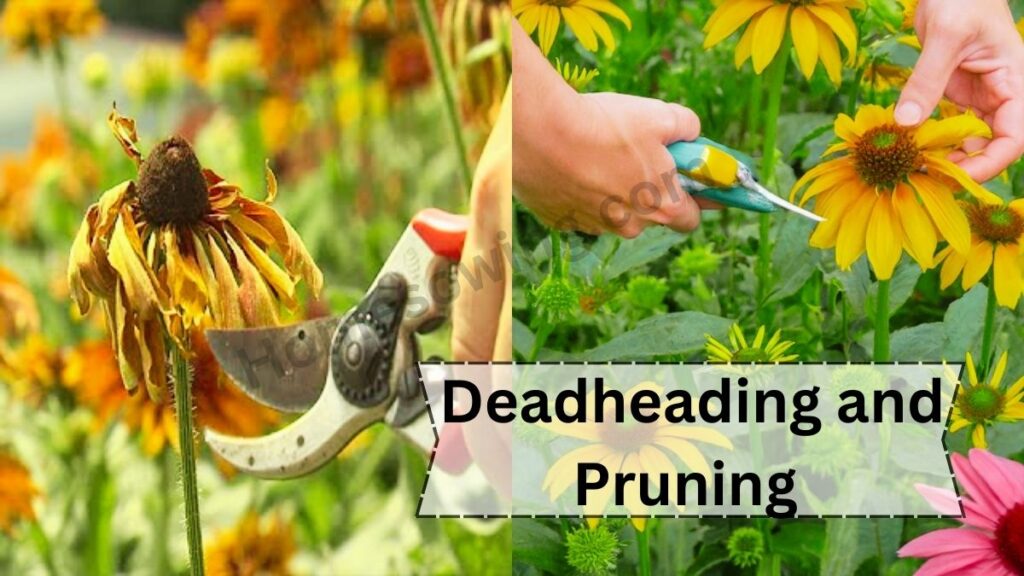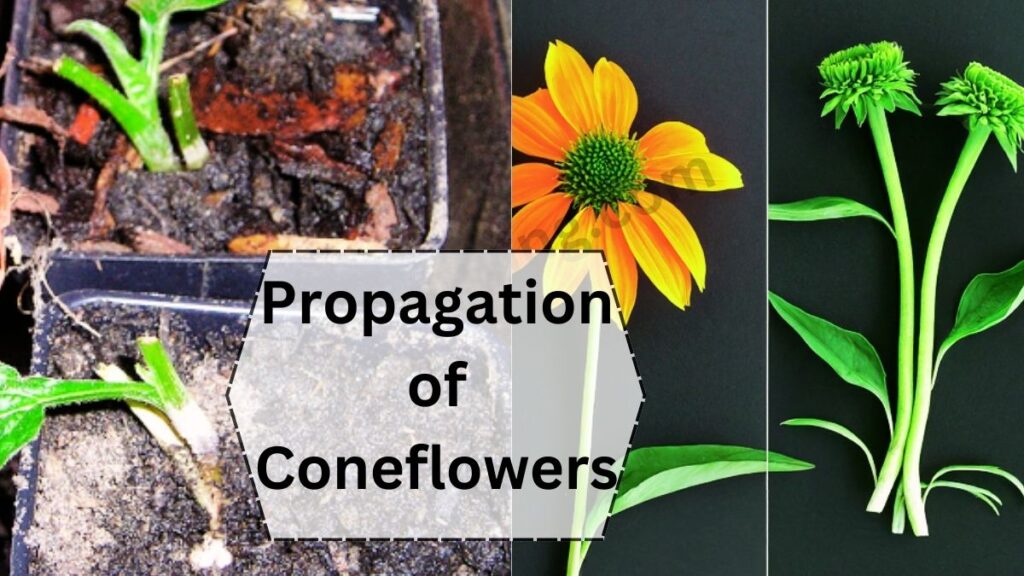Coneflowers (Echinacea) are favorite for their lively blooms and resistant nature, making them an outstanding choice for home gardens. Whether you’re a knowledgeable grower or a beginner, growing coneflowers is straightforward and rewarding. This guide will walk you through everything you need to know to successfully cultivate these beautiful perennials in your garden.
Select Right Coneflowers Varieties
Selecting the right coneflower variety depends on your garden’s climate and aesthetics. Echinacea purpurea is the classic choice, known for its vibrant purple blooms. ‘Magnus‘ offers large, bright pink flowers, while ‘PowWow Wild Berry’ brings a berry-colored splash. Research the varieties that best suit your local growing conditions and garden design.

Planting Coneflowers
Coneflowers can be grown from seeds or nursery plants. Start seeds indoors 6-8 weeks before the last frost or sow directly outdoors after frost danger. Choose a sunny location with well-drained soil for best results. For nursery plants, dig a hole twice the size of the root ball, place the plant, and water thoroughly.

Coneflowers Caring
Coneflowers are drought-tolerant but need regular watering during dry spells. Water the soil, not the leaves, to prevent fungal issues. Fertilize once in early spring with a balanced fertilizer, avoiding overuse. Apply mulch to retain moisture and keep weeds at bay, but keep it away from plant stems.

Deadheading and Pruning
Regular deadheading, or removing spent flowers, boosts continuous blooming and prevents self-seeding. Prune back the plants in late fall or early spring to 2-3 inches above the ground to promote healthy new growth. This helps manage plant shape and overall health.

Pest and Disease Management
Coneflowers are generally resistant to pests but watch for aphids and spider mites. Treat infestations with insecticidal soap if needed. Prevent diseases like powdery mildew and root rot by ensuring good air circulation, avoiding overhead watering, and using well-drained soil.

Propagation of Coneflowers
Coneflowers can be propagated by division or seeds. Divide clumps every 3-4 years in spring or fall to rejuvenate the plants and expand your garden. Collect seeds from spent flowers and store them in a cool, dry place for future planting. Sow seeds indoors or directly outdoors based on your timing.

Winterizing Coneflowers
Coneflowers are hardy and generally withstand winter. In colder areas, apply mulch around the base to protect the roots from freezing. Avoid cutting back foliage until spring, as it provides insulation. This helps ensure your plants emerge strong and healthy in the new growing season.











